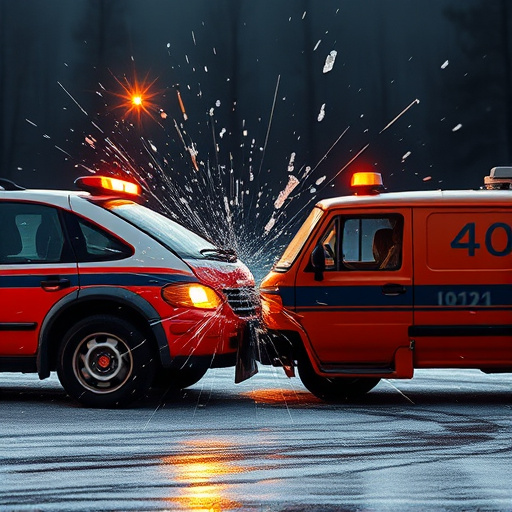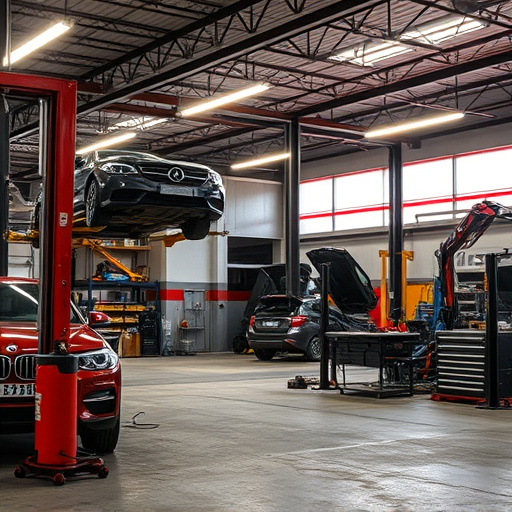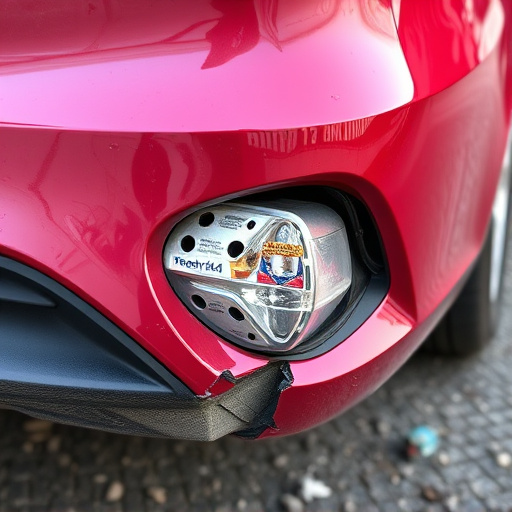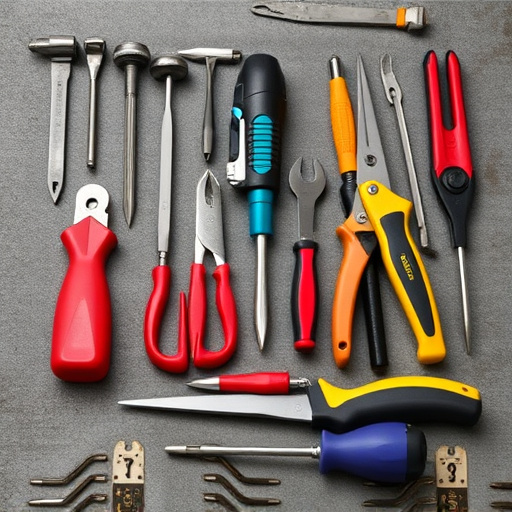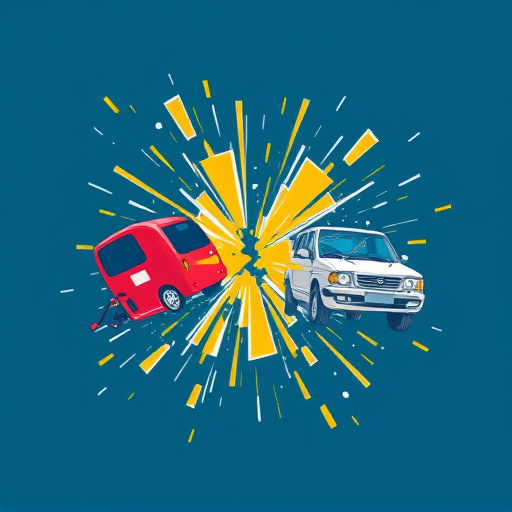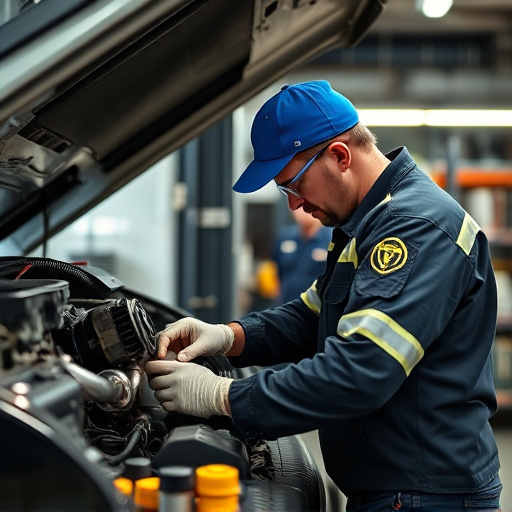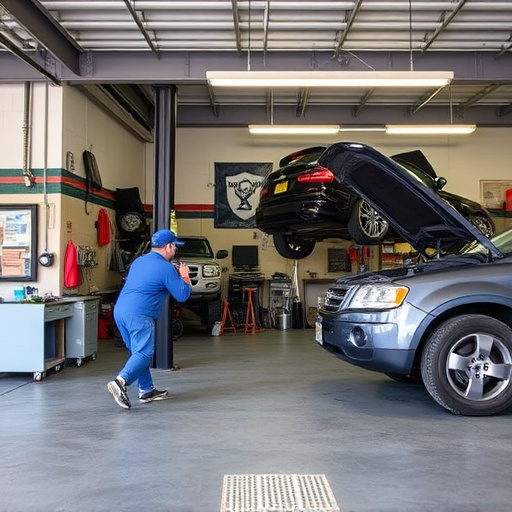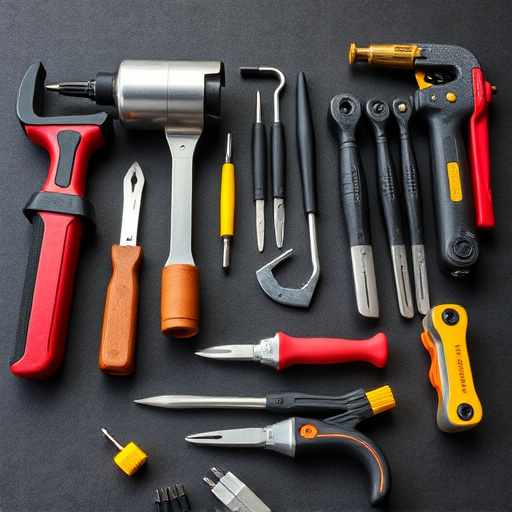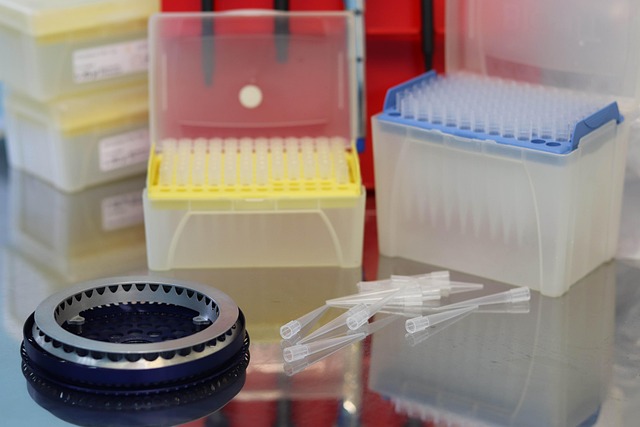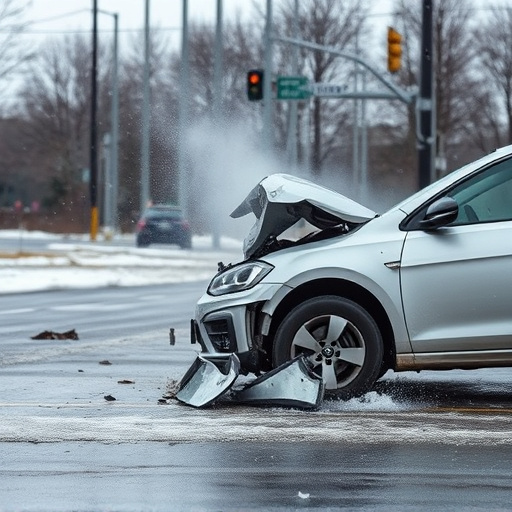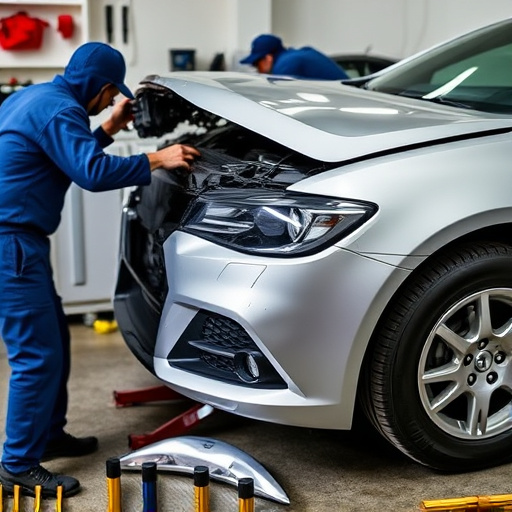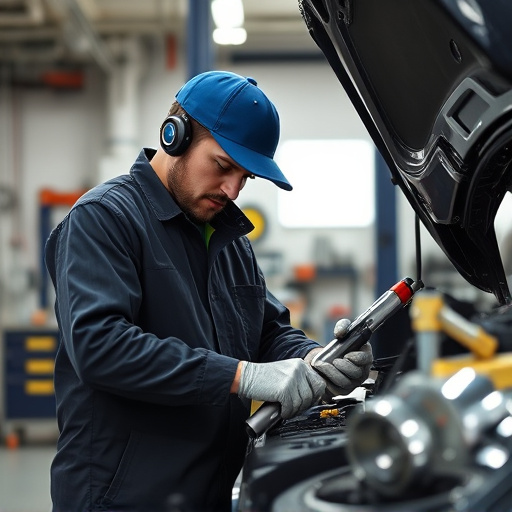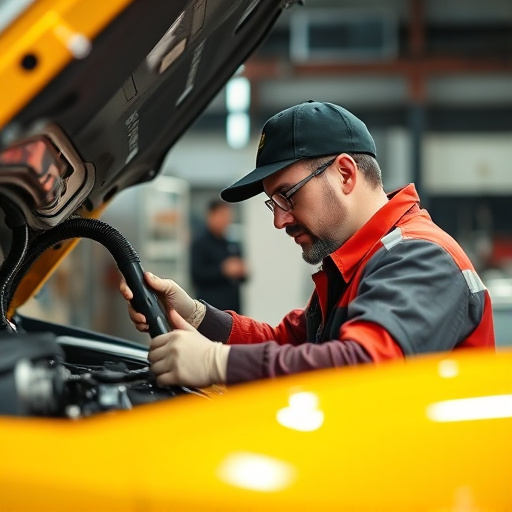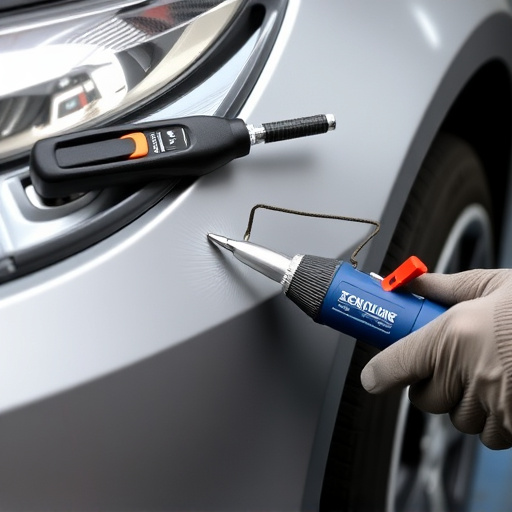Tesla repeater camera replacements are often needed due to debris, extreme weather, accidents, or collisions causing image distortion, malfunctions, and even car body damage. Before replacement, collision repair may be required to realign cameras for clear views. Preparation includes understanding car layout, gathering tools, backing up settings, and a professional check-up. Recalibration after replacement is crucial for optimal system performance and safety, involving software adjustments and specific vehicle maneuvers.
Tesla owners often encounter issues with their repeater cameras, requiring a thorough understanding of the replacement process. This guide delves into the steps for replacing a failed Tesla repeater camera, emphasizing the critical system recalibration needed afterward. From preparing for the repair to realigning sensors, each step ensures optimal performance. Learn how to navigate this process efficiently, ensuring your Tesla’s advanced driver-assistance systems function at their best after a successful camera replacement.
- Understanding Tesla Repeater Camera Failure
- Preparing for Camera Replacement Process
- Recalibrating the Tesla System After Replacement
Understanding Tesla Repeater Camera Failure
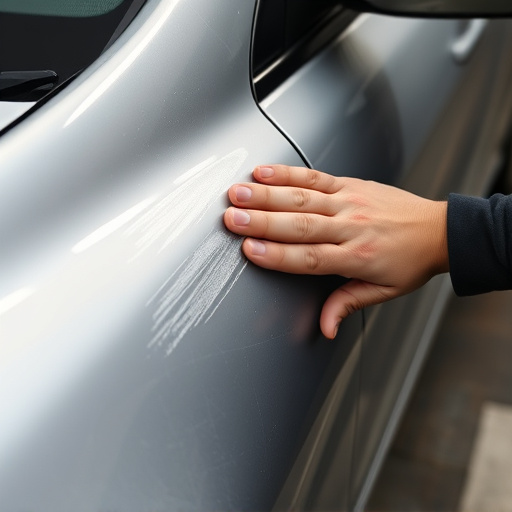
Tesla repeater camera failures can occur due to various reasons, making Tesla repeater camera replacement a necessary step for owners experiencing issues with their vehicle’s rearview assistance. Over time, these cameras can suffer from debris accumulation, leading to clouded or distorted images. Extreme weather conditions, such as heavy rain or snow, might also cause the camera to malfunction. Moreover, accidents or collisions can result in damage to the car body and its components, including the repeater cameras.
A car dent repair or collision damage repair might be required before or alongside Tesla repeater camera replacement to ensure optimal functionality. If the camera lenses are cracked or the housing is damaged, replacing them is crucial for effective system recalibration. This process involves realigning the cameras to provide accurate and clear views, enhancing the overall safety of the vehicle during reverse parking or low-speed manoeuvres.
Preparing for Camera Replacement Process
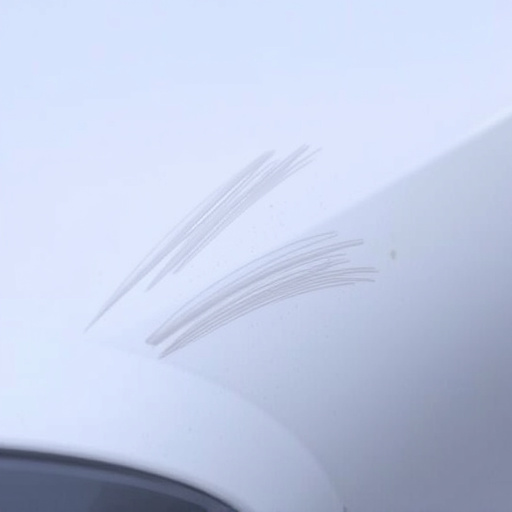
Before diving into the Tesla repeater camera replacement process, it’s crucial to prepare your vehicle and yourself for the task ahead. Start by familiarizing yourself with your car’s layout, as this will help you locate the repeater cameras more efficiently. Ensure all necessary tools are readily available, including any specific hardware or connectors required for your Tesla model. It’s also wise to backup any important settings or data related to your vehicle’s camera system before beginning, just in case adjustments are needed afterward.
In addition to these prep work steps, consider scheduling a check-up with a reputable collision center or car repair shop, especially if you’ve experienced hail damage repair previously. This is because repeated repairs or modifications might impact the overall performance of your vehicle’s safety systems, and a professional assessment can help identify any potential issues before they become more costly problems down the line.
Recalibrating the Tesla System After Replacement
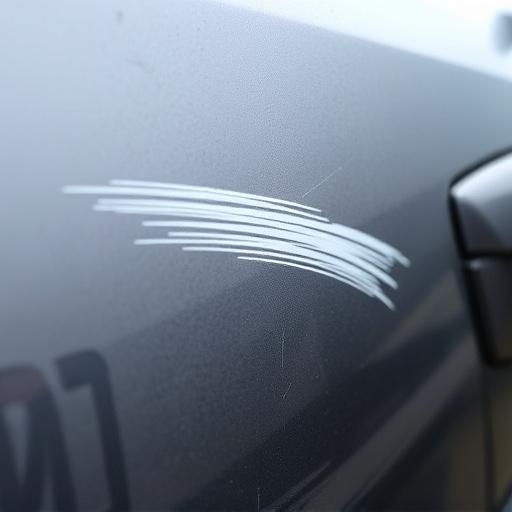
After successfully replacing a Tesla repeater camera, recalibrating the system is an essential step to ensure optimal performance and safety. This process involves adjusting various settings within the vehicle’s software to match the new camera’s specifications, effectively “teaching” the system to recognize and respond accurately to surroundings. Recalibration is crucial, especially if the original camera was damaged during a fender bender or collision, as it can help compensate for any misalignment or distortion that may have occurred during autobody repairs at a trusted collision repair center.
During recalibration, your Tesla will need to be connected to a diagnostic tool, which will prompt a series of on-screen instructions. You’ll guide the vehicle through a series of maneuvers, such as driving in a straight line or around cones, while the system adjusts its parameters. Once complete, the new camera should seamlessly integrate into your Tesla’s overall safety and assistance systems, enhancing your overall driving experience.
When undertaking a Tesla repeater camera replacement, it’s crucial to understand potential failures, prepare accordingly, and follow system recalibration steps post-replacement. By adhering to these guidelines, you’ll ensure your Tesla’s advanced driver-assistance systems operate at peak performance, enhancing safety and driving experience. Remember, a well-prepared and meticulous approach to Tesla repeater camera replacement can make all the difference in achieving optimal results.
